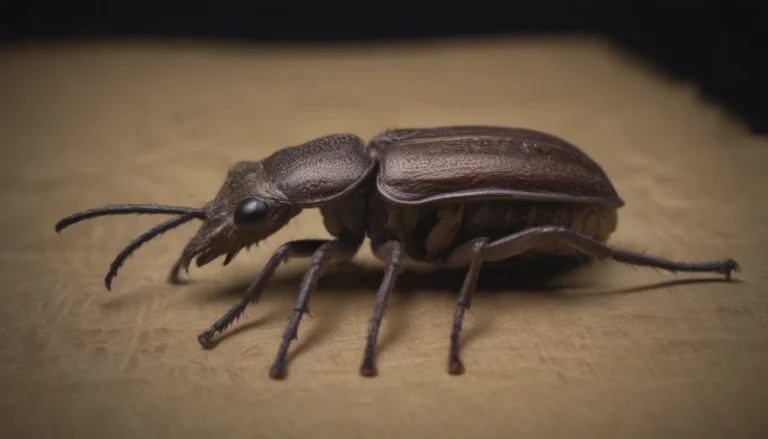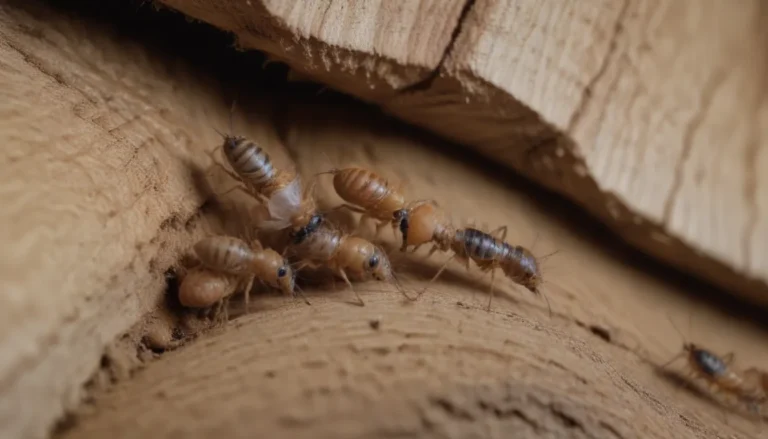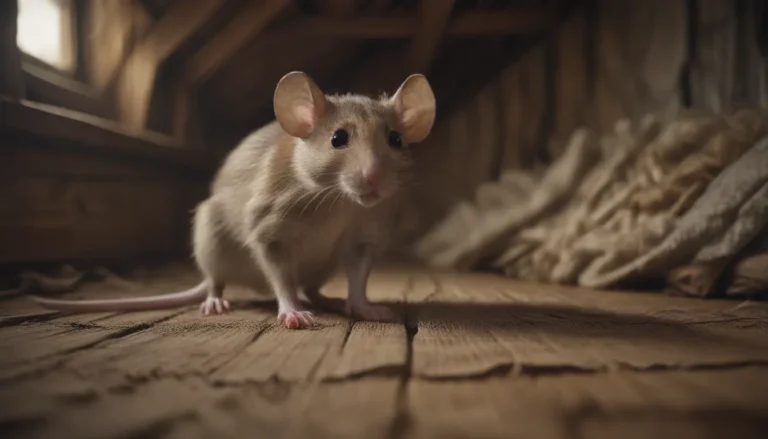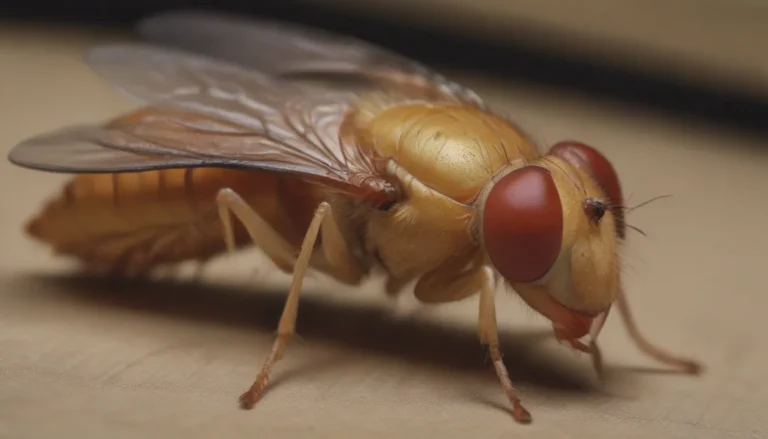The Ultimate Guide to Removing Wasp Nests
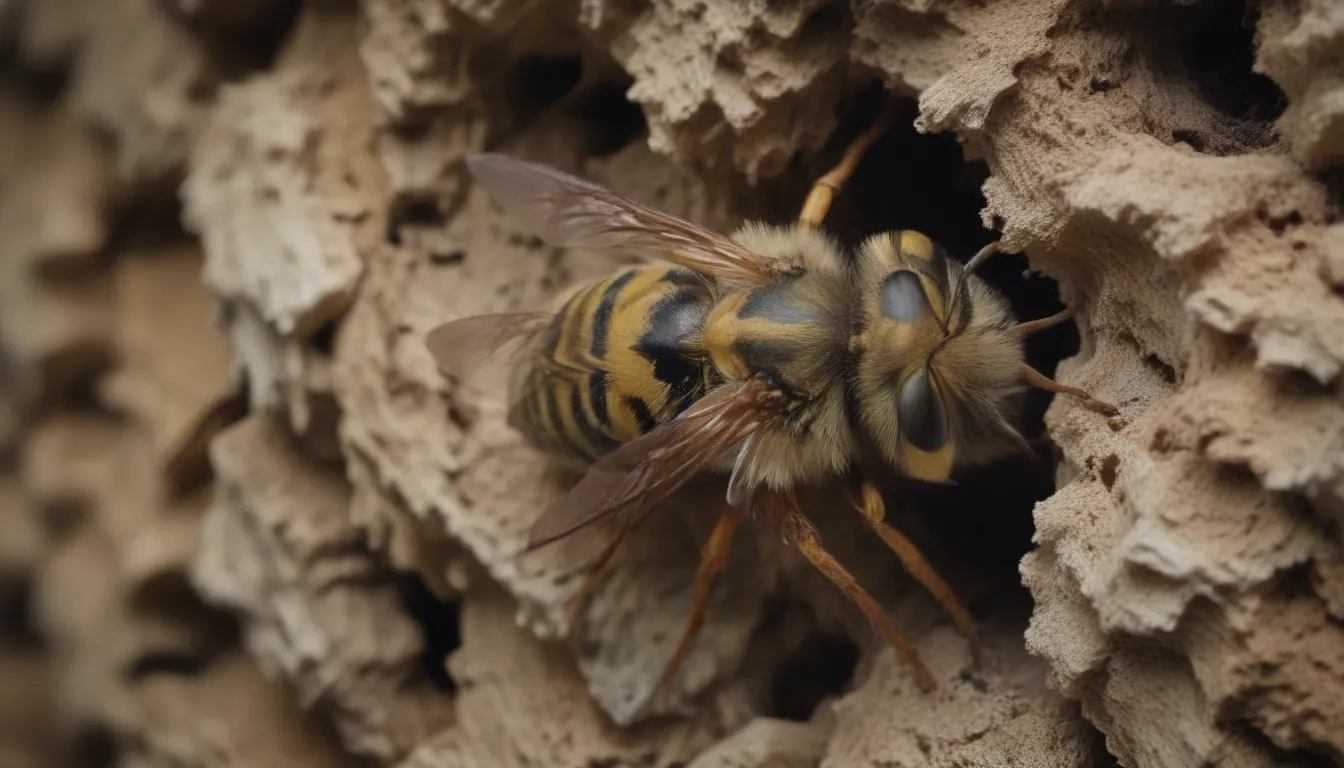
Are you ready to tackle the task of removing a wasp nest from your property? Don’t worry, you’ve come to the right place! In this in-depth guide, we’ll walk you through everything you need to know about safely and effectively removing a wasp nest on your own.
Wasp nest removal is a common task, especially during the warmer months of the year. Whether you’re dealing with paper wasps, yellow jackets, or hornets, it’s essential to approach the removal process with caution and the right techniques. Let’s dive into the details and explore the various methods you can use to get rid of those pesky wasps.
Understanding Different Wasp Species
Before you begin the removal process, it’s crucial to identify the type of wasps you’re dealing with. Some species, like paper wasps, are less aggressive and easier to handle on your own. On the other hand, aggressive species like yellow jackets and bald-faced hornets may require professional help. Here are some key points to remember:
- Paper Wasps: Non-aggressive and can be removed using DIY methods.
- Yellow Jackets: Aggressive and may require professional assistance.
- Bald-faced Hornets: Aggressive and best handled by professionals.
DIY Wasp Nest Removal
Physical Removal
For smaller, open-faced paper wasp nests, you can try physically removing them on your own. Keep an eye on your eaves early in the spring and look for signs of nest construction. Follow these steps to safely remove a paper wasp nest:
- Wait until early spring to spot and remove smaller nests.
- Use protective clothing and equipment to avoid stings.
- Gently knock down the nest and dispose of it properly.
Tip: Over-the-counter wasp killer is effective for contact insecticides but may not eliminate the queen.
Natural Remedies
If you prefer chemical-free solutions, consider using natural remedies to remove wasp nests. These methods are safe and environmentally friendly. Here are a few natural remedies you can try:
- Mix boiling water and dish soap to saturate the nest.
- Use peppermint essential oil diluted in water to repel wasps.
- Flood ground nests with undiluted white vinegar.
Remember to apply natural solutions after sundown when wasps are less active.
Professional Treatment
In some cases, it’s best to seek professional help for recurring wasp issues or aggressive species like yellow jackets. Pest control companies can safely remove nests and ensure your property is free of unwanted pests. Look for companies that practice Integrated Pest Management for eco-friendly solutions.
Tip: If you’re allergic to wasp stings or the nest is in a hard-to-reach area, it’s best to call in the professionals.
Signs of a Wasp Nest
Not sure if you have a wasp nest on your property? Look for signs of wasp activity, such as a steady flight pattern or increased wasp presence. Remember, nests can be hidden in trees, underground, or on neighboring properties. Stay alert and keep an eye out for potential nesting sites.
Warning: Yellow jackets nest in the ground and can become aggressive if disturbed. Approach nests with caution.
Identifying Wasp Nests
Wasp nests are distinctive in appearance, made from papery material created by foraging wasps. Different species build nests in various shapes and sizes. Knowing how to identify a wasp nest is essential for effective removal. Here are a few key points to consider:
- Look for brown papery material resembling wood pulp.
- Differentiate between open-faced and closed nests.
- Be aware of bee hives that may be mistaken for wasp nests.
Prevention Tips: Keeping Wasps Away
Prevention is key to avoiding future wasp infestations on your property. Here are some tips to keep wasp nests at bay:
- Remove attractants like fallen fruit or exposed garbage.
- Trim bushes and plants that attract foraging wasps.
- Provide ample distance between your living space and potential nesting sites.
By following these preventative measures, you can reduce the likelihood of wasps building nests near your home and ensure a pest-free environment.
Conclusion
Removing a wasp nest doesn’t have to be a daunting task. With the right knowledge and techniques, you can safely and effectively eliminate unwanted pests from your property. Whether you opt for DIY methods or professional assistance, always prioritize safety and caution when dealing with wasps.
Remember, early intervention is key to preventing nests from becoming a more significant problem. Stay informed, stay prepared, and enjoy a wasp-free environment all season long!
For more information on wasp nests and pest control, consult the following resources:
- Your Safety Around Yellow Jackets
- Paper Wasps, Yellowjackets and Other Stinging Wasps
- Nuisance Wasps and Bees
Happy nest removal and best of luck in your pest control endeavors! Stay safe and wasp-free!
